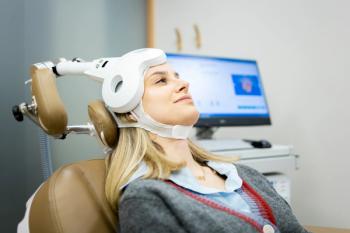
|Slideshows|July 29, 2019
8 New Findings on Depression
Author(s)Leo Robert
Teen depression rises with screen time, potential new target for novel antidepressants, and more key findings here.
Advertisement
Newsletter
Receive trusted psychiatric news, expert analysis, and clinical insights — subscribe today to support your practice and your patients.
Advertisement
Advertisement
Advertisement




